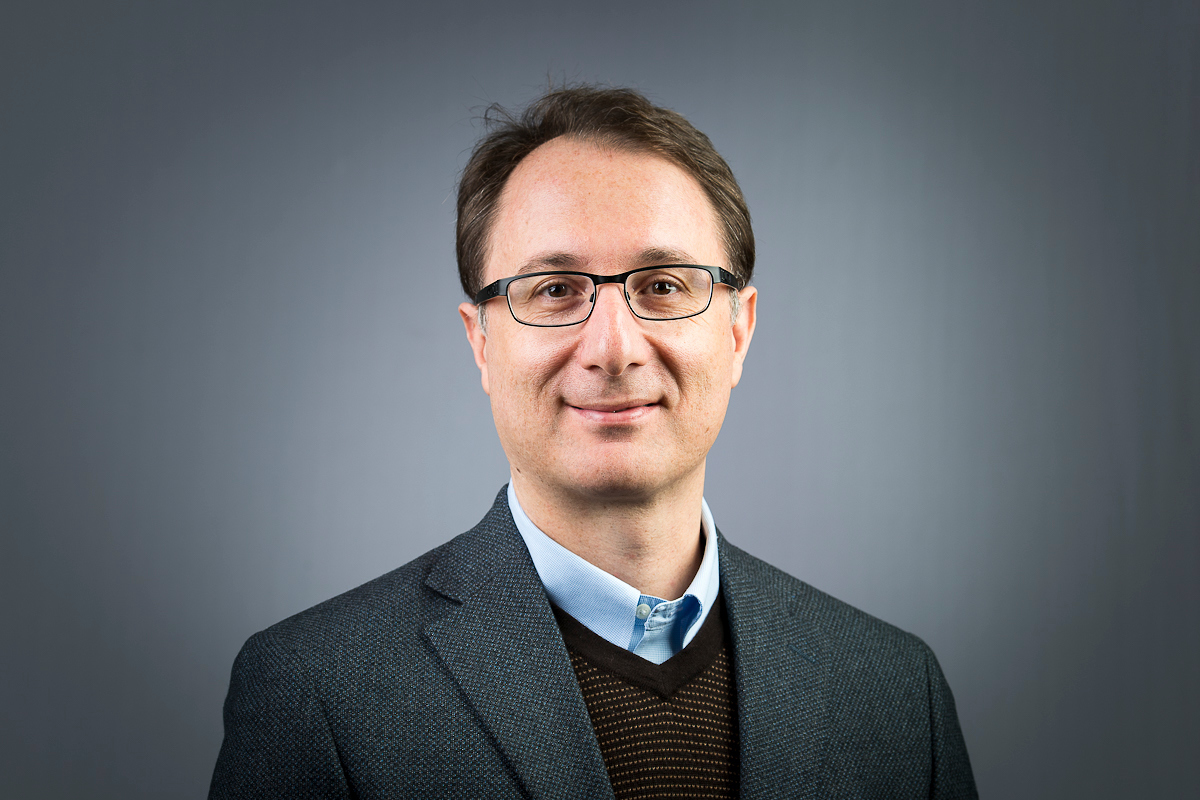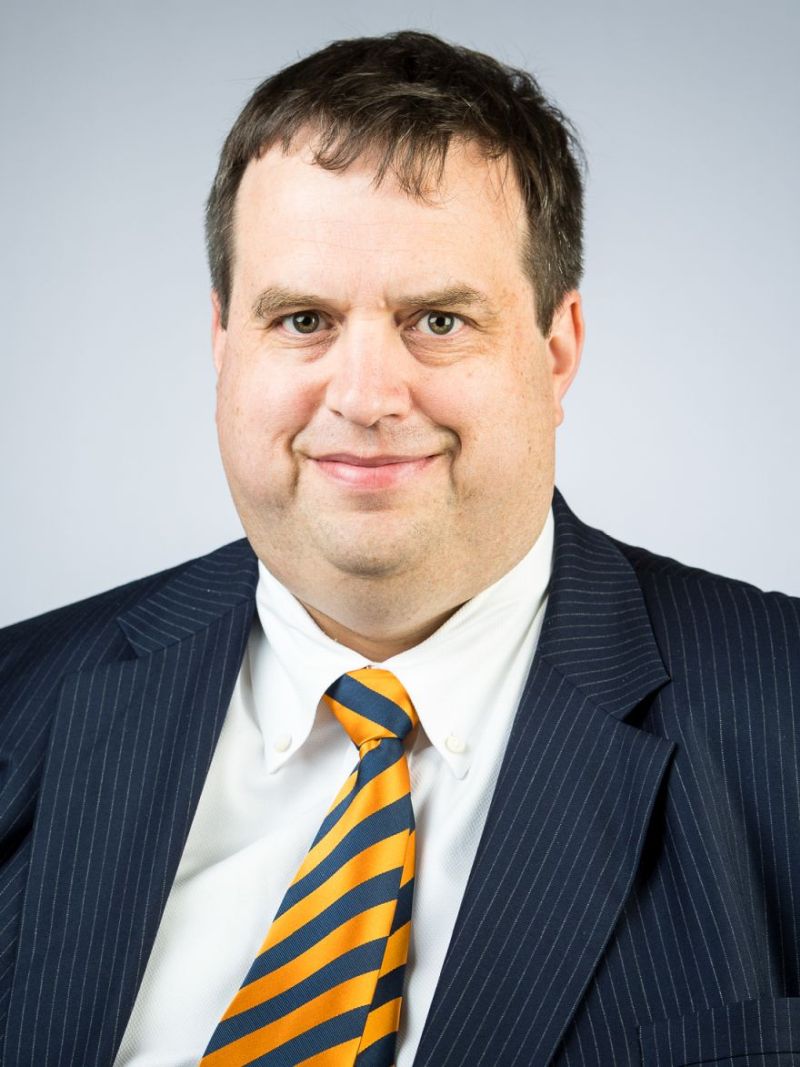Principal investigators

O. Burkan Isgor, Ph.D., PE (ON), FACI, FCSCE
O. Burkan Isgor is a Professor of Civil Engineering and Materials Science at Oregon State University, Corvallis, Oregon. Dr. Isgor received his engineering degree from Bogazici University (formerly Robert College) in 1995 and completed his masters and doctoral studies at Carleton University in 1997 and 2001, respectively. After working as a finite element software developer of engineering applications at Winsoft Software Inc., he became a faculty member in the Department of Civil and Environmental Engineering at Carleton University in 2003. He has been teaching and conducting research at Oregon State University since 2012. A Professional Engineer in the Province of Ontario, Dr. Isgor served as the Technical Vice President of the Canadian Society for Civil Engineering (CSCE) between 2009 and 2011. He is currently active in a number of professional societies including American Concrete Institute (ACI), RILEM, and CSCE. Dr. Isgor is the chair of the ACI Committee on Corrosion of Metals (ACI 222), an associate editor for the ASCE Materials Journal, the Journal of Cement and Concrete Composites, and RILEM Materials and Structures Journal.

W. Jason Weiss, Ph.D., FACI
Jason Weiss is the Edwards Distinguished Chair in Engineering and the Director of the Kiewit Center for Infrastructure and Transportation Research. Before joining Oregon State as the Head of the School of Civil and Construction Engineering he was a faculty member at Purdue University for over 16 years where he held the position of the Jack and Kay Hockema Professor of Civil Engineering and Director of the Pankow Materials Laboratory. He earned a B.A.E. from the Pennsylvania State University and a MS and PhD from Northwestern University in 1997 and 1999 respectively. He is actively involved in research on cement and concrete materials specifically focused on early age property development, cracking, transport in concrete, and concrete durability. Specifically, he is known for research his group has performed in the areas of shrinkage and cracking reduction, the use of the ring and dual ring test, use of electrical resistivity and the formation factor, use of internally cured concrete, and concrete pavement durability.
